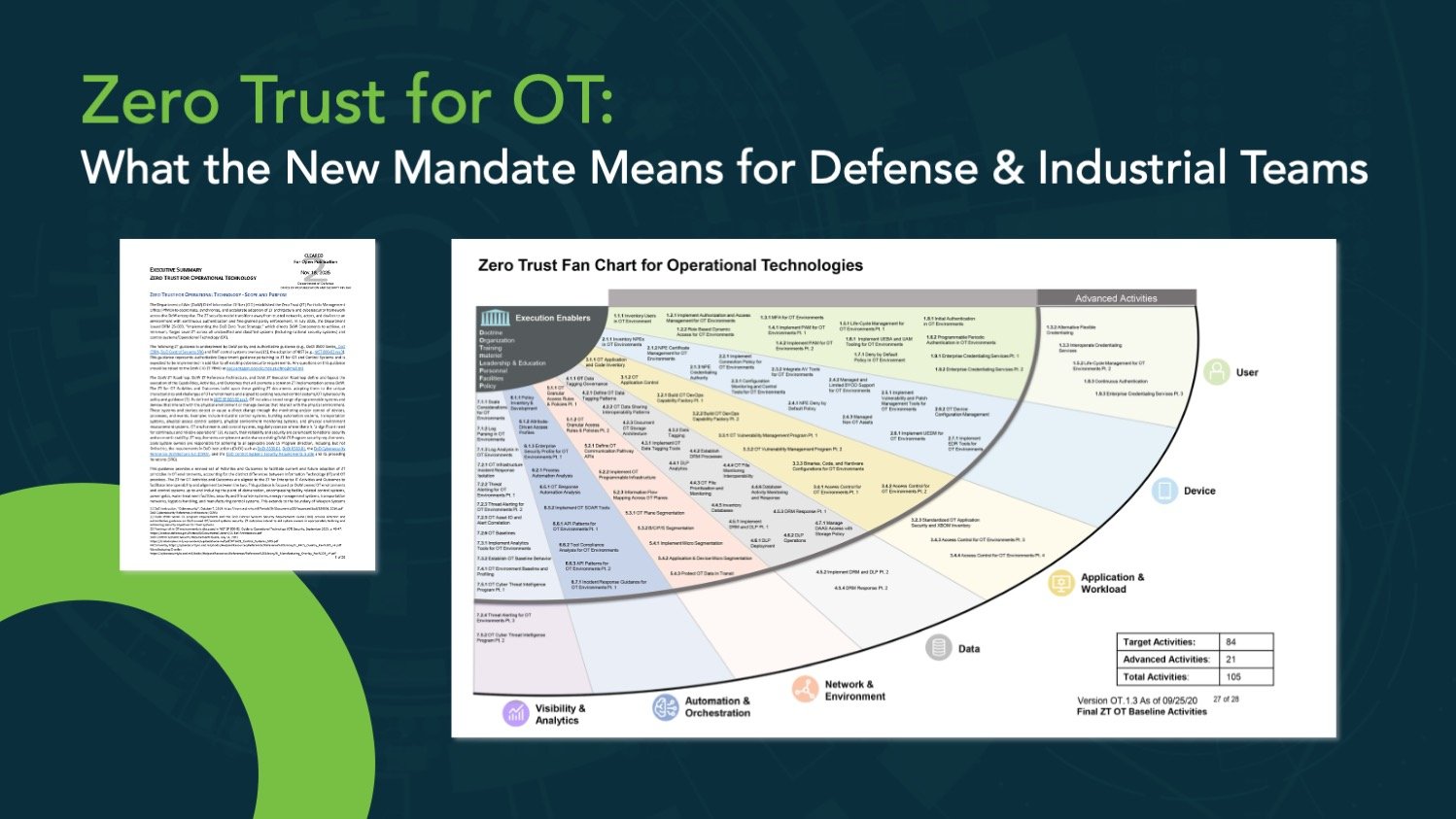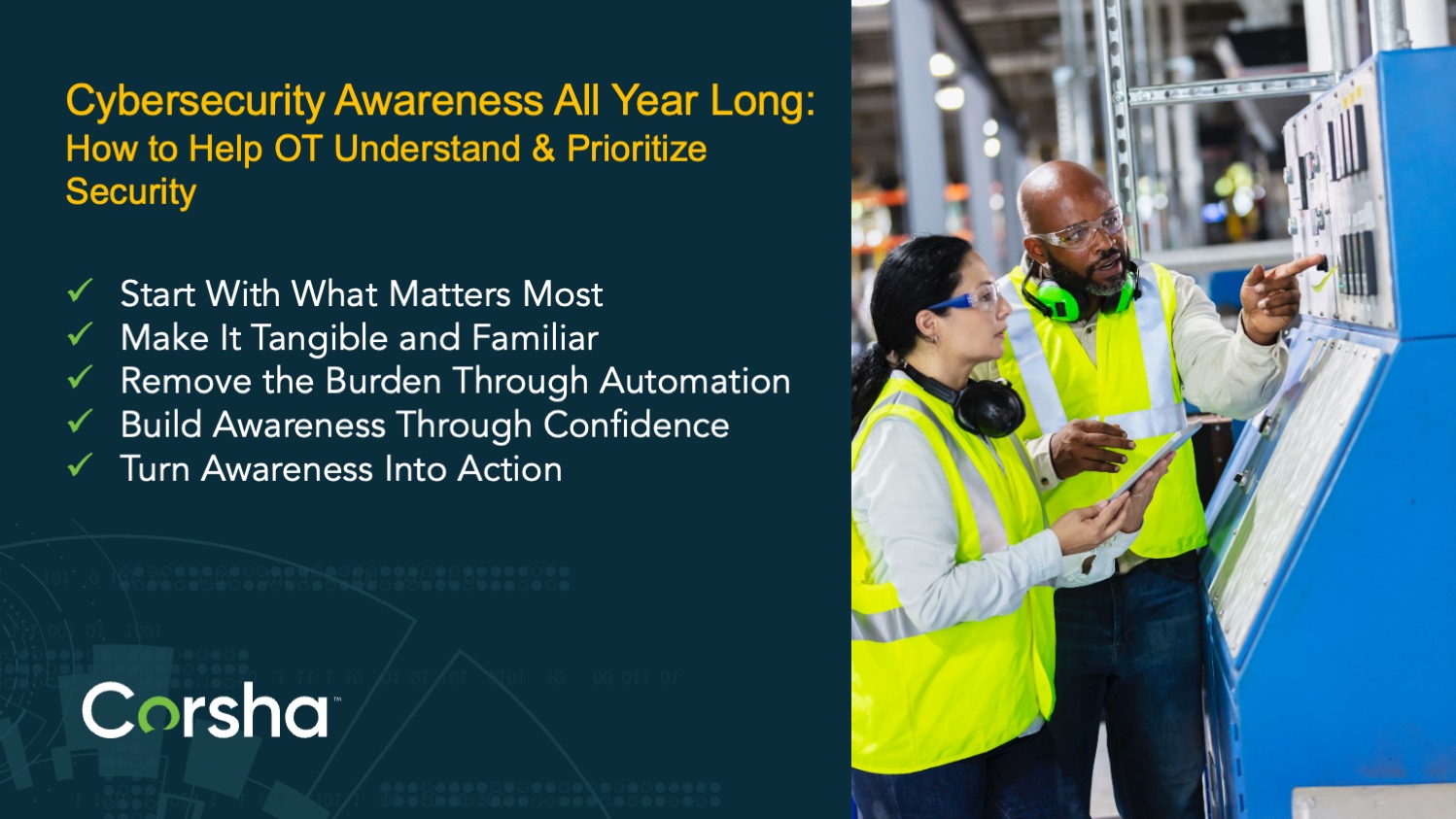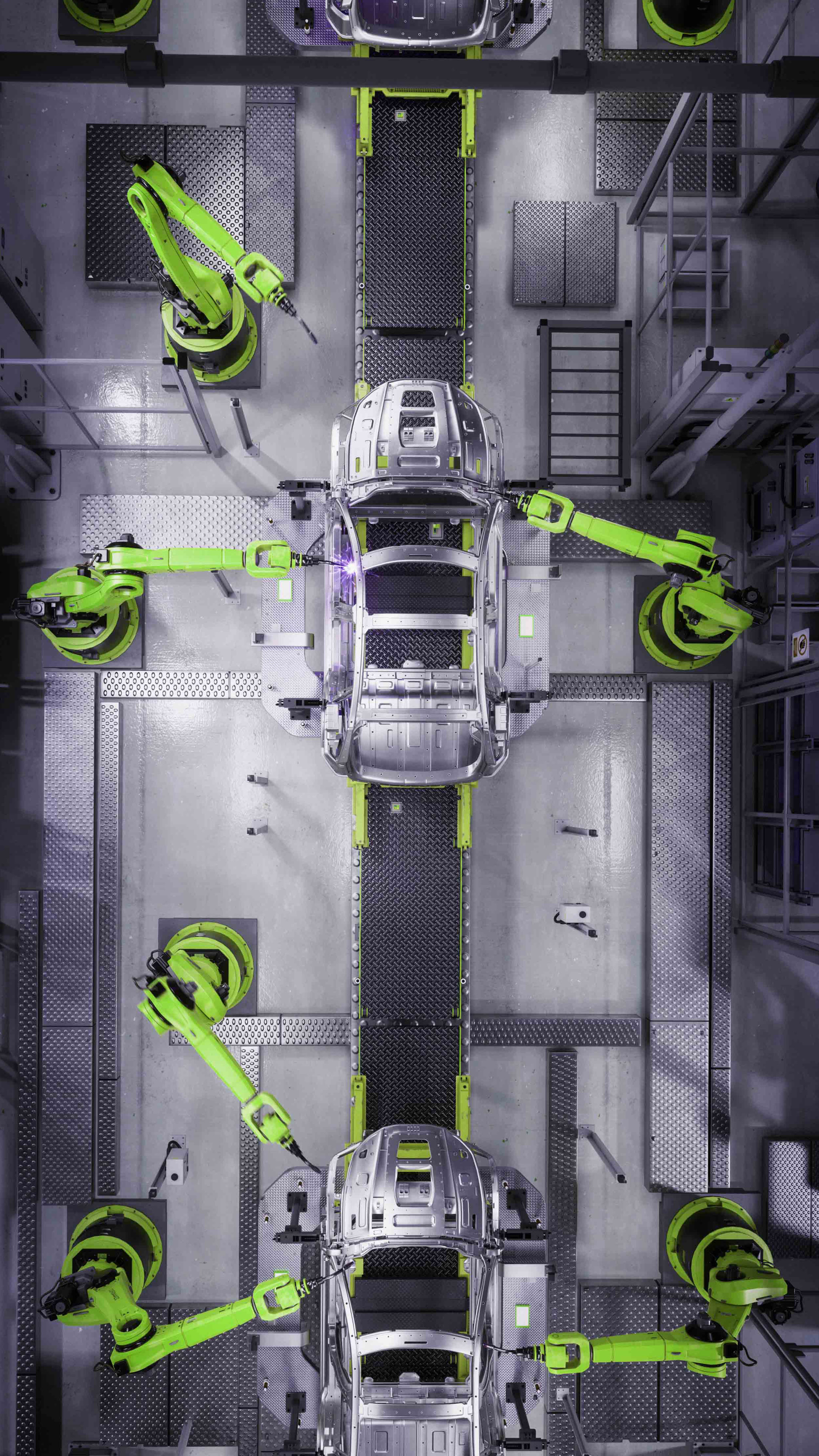In the realm of identity and access management (IAM), Multi-Factor Authentication (MFA) has emerged as a stalwart defender against unauthorized access and data breaches. As we harness the insights gained from Human MFA, Corsha is embarking on a journey to define and refine the landscape of Machine MFA. In this blog post, we delve into the lessons we’ve learned from Human MFA and explore their implications for the future of secure Machine MFA.
The Power of Human MFA: Lessons and Insights
Human MFA, a time-tested method, has illuminated the significance of layering security measures to ensure robust access controls. The core lesson derived is the principle of "something you know, something you have, something you are." The blend of passwords, knowledge-based questions, One-Time Passcodes (OTPs), and physical and behavioral biometrics serves as an often effective deterrent against unauthorized access.
- The “Multi” in MFA: The quintessential lesson from Human MFA is the efficacy of combining multiple authentication factors. Requiring multiple factors to authenticate naturally raises the bar for attackers, demanding a higher level of coordinated sophistication to breach a system.
- Security versus User Experience versus Privacy: Human MFA highlights the trade offs between user convenience, security, and privacy. Striking a balance between stringent security measures and a seamless user experience is essential for a successful MFA implementation. The third dimension that is often overlooked is the implications of privacy and identity when using biometric factors.
- Adaptability and Contextual Awareness: Human MFA has taught us the importance of adaptive authentication. Recognizing the context of a login attempt – such as device, location, and user behavior – adds a contextual layer of security that adjusts to the risk level of each interaction.
Translating Lessons to MFA for APIs: A Paradigm Shift
As we transition from Human MFA to Machine MFA, these lessons serve as guiding beacons to navigate the uncharted waters of automated authentication. Machine MFA represents a leap in evolution, where devices and systems autonomously communicate to ensure secure interactions.
- Autonomous and Real-time: Just as users ideally authenticate seamlessly and in the flow of their experience, machines have to engage in fully automated, secure interactions based on current trust levels and contextual awareness in a way that can keep pace with real-time API traffic. In fact, machine MFA needs to take this scale and performance to another level as one UI interaction can often trigger a chain reaction of dozens of API calls.
- Continuous and Dynamic Authentication: Human MFA has evolved to allow for mid-session reauthentication based on the context of sensitive events. Similarly machine MFA must move past the antiquated use of static, multi-use credentials like keys, tokens, and certificates.
- Predictive Analytics: Inspired by Human MFA's adaptive authentication, Machine MFA leverages predictive analytics to anticipate potential security threats. It learns from historical data and real-time patterns to proactively detect anomalies and initiate preventive measures.
In an era where technology orchestrates an intricate dance between systems, services, and devices, an identity provider emerges as the ultimate choreographer. As we delve deeper into the realms of automation, connectivity, and the operational technology (OT), a critical question arises: How do we ensure the safety of these automated digital interactions? The answer lies in Machine-to-Machine Multi-Factor Authentication (MFA) – the armor that safeguards our hyperconnected world.
Understanding the Paradigm Shift: From Humans to Machines
Traditionally, MFA has been the stalwart defender against unauthorized access, requiring human users to prove their identity through multiple authentication factors. But as machines engage in equally, if not more complex conversations and transactions, they too need to continually assert their authenticity. This is where the parallels and necessity for Machine-to-Machine MFA enters the spotlight.
The Essence of MFA for Machine to Machine Communication
At its core, Machine-to-Machine MFA operates on the same principles as its human-centric counterpart: presenting multiple authentication factors before granting access. However, the dynamics change, as machines wield truly digital identities instead of biometrics or passwords.
Imagine a scenario where two interconnected services exchange data over APIs. Machine-to-Machine MFA would ensure that both entities authenticate themselves before sharing sensitive information. This might involve presenting digital certificates, API tokens, or cryptographic keys. In essence, it's a digital handshake that safeguards the sanctity of machine interactions.
The Crucial 4 Pillars of Machine-to-Machine MFA
Strong Identity: At the core of M2M MFA lies the establishment of strong and unique identities for each machine or API client. Just as individuals have unique attributes that distinguish them, machines require distinct identities to prevent unauthorized access. Strong identity authentication ensures that each machine is accurately identified before engaging in any communication exchange. This process prevents malicious actors from impersonating machines, reducing the risk of unauthorized access to critical systems and data.
Continuous and Dynamic Authentication: In a dynamic authentication model, machines are regularly and automatically re-authenticated. As machines rapidly exchange data and execute commands, the need for instant and consistent validation becomes table stakes. Repeatedly authenticating machines on a per-call basis greatly mitigates the risk of unauthorized activities going undetected.
Real-time Automation: The real-time nature of machine interactions demands an automated approach to MFA. This ensures that every exchange is fortified without human intervention, avoiding delays in critical processes.
Fine-Grained Access Control: Fine-grained access control empowers organizations to implement least privilege and segmented access to systems and services even within what may seem like a trusted perimeter. This is where zero trust and continuous authentication are key. Further, robust policy management and scheduled access controls can prevent over-privileged or compromised machines from gaining access to sensitive resources.
The Resounding Benefits
Machine-to-Machine MFA delivers an array of benefits that extend far beyond conventional security measures:
- Automated Defense: By mandating multi-factor authentication for machine interactions, the risk of unauthorized access, data breaches, and cyber threats is significantly reduced.
- Elevated Trust: Machine-to-Machine MFA engenders trust among interconnected systems, fostering an environment where data exchange is carried out with confidence.
- Enhanced Compliance: In industries with stringent regulatory requirements, such as healthcare and finance, Machine-to-Machine MFA ensures adherence to security standards and safeguards sensitive data.
- Foresighted Adaptability: As technology evolves, so do cyber threats. Machine-to-Machine MFA, with its automated adaptability, equips systems to defend against emerging vulnerabilities.
Conclusion: Shaping the Future of Secure Communication
In the journey from human MFA to Machine MFA, we bridge the gap between user-driven authentication and automated secure communication. The lessons garnered from human MFA lay the foundation for Machine MFA's success. By embracing enhanced security layers, a UX-centric approach, and contextual awareness, we pave the way for machines to engage in seamless, secure interactions, safeguarding data and fortifying our application ecosystems.
In the ever-expanding digital landscape, characterized by continuous innovation, the emergence of Machine-to-Machine MFA stands as an effective security paradigm. This framework empowers interconnected systems to communicate, collaborate, and transact with verifiable confidence. Through the integration of MFA principles , we can architect a future where security is not a hindrance, but an enabler of progress.


